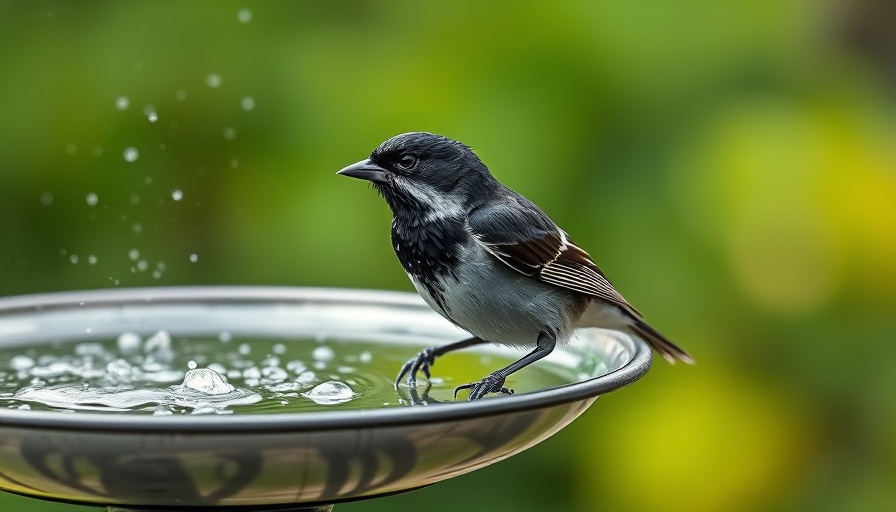
H5N1 Culling: A Controversial Crossroads for Animal Rights
The delicate dance between public health and animal rights reaches a new level at Universal Ostrich Farms, a British Columbia-based farm embroiled in controversy over the culling of its ostrich flock due to H5N1 infections. With around 400 birds at stake, the farm's owners argue that their animals are being unfairly targeted while seeking support from high-profile advocates, including US Health Secretary Robert F. Kennedy Jr. But the narrative surrounding these ostriches is layered and complex.
Why the Culling Order Matters
The decision by the Canadian Food Inspection Agency (CFIA) to order a cull is rooted in the serious public health risks posed by H5N1, an avian flu strain known for its lethality. The CFIA has taken significant steps globally to curb the spread of the virus, issuing thousands of similar orders to infected farms. Yet, the fate of Universal Ostrich Farms has attracted attention from both animal rights activists and political supporters, spotlighting the ongoing culture wars over animal welfare and health policies in North America.
The Role of 'Herd Immunity' and Controversial Claims
Strikingly, Universal Ostrich Farms has claimed that their remaining birds have developed 'herd immunity' against H5N1, a claim that’s caught the ear of RFK Jr. His petition to relocate the infected birds to Florida for further testing has raised alarms among scientists who deem it both reckless and dangerous. The concept of herd immunity, while well-supported in the context of vaccination, becomes murky when applied to a viral outbreak among non-human populations, underscoring the need for well-founded scientific evidence to support such assertions.
The Shift in Public Perception
As the drama unfolds, the farm's messaging has transformed drastically. Despite previously promoting the processing of their birds for various products—oil for cosmetics, meat for pet food—the new narrative tenderly presents these ostriches as beloved pets in need of rescue. Their updated appeal to the public for donations portrays them as victims, further fueling sympathy while shifting the focus away from the realities of avian flu management.
Environmental and Health Concerns
Ultimately, the fate of Universal Ostrich Farms is a reflection of broader issues regarding agricultural practices, biosecurity, and the health risks posed by animal diseases. The balance between animal welfare and the precautionary principle in public health is fraught with tension, highlighting the critical need for ongoing discussions about how society prioritizes health and ecology alongside the rights of animals.
As local communities and governmental entities grapple with these questions, the case of the ostriches serves as a microcosm of larger trends in food security, agricultural ethics, and public health policy.
 Add Row
Add Row  Add
Add 




Write A Comment